Everything you need to know about specifications and performance - Dodge Charger 2019 - Scat Pack 6.4 HEMI V8 (485 Hp) WideBody Automatic
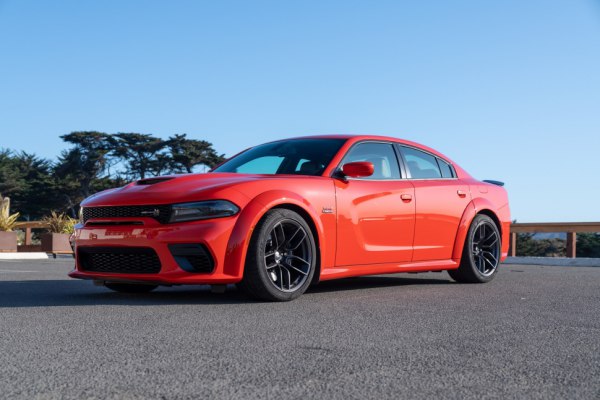
Overview:
What is the engine capacity of a Dodge Charger 2019?
The engine capacity of the Dodge Charger 2019 is 6417.
Dodge Charger 2019 How many horsepower?
The engine power of the Dodge Charger 2019 is 485 Hp @ 6100 rpm..
What is the Dodge Charger 2019 engine?
Dodge Charger 2019 engine is ESG. (Click to see other cars using the same engine)
How much gasoline does a Dodge Charger 2019 consume?
The Dodge Charger 2019 consumes 13.1 liters of gasoline per 100 km
What is the recommended oil for a Dodge Charger 2019 engine?
The recommended oil for a Dodge Charger 2019 car engine is 5W-30.
What type of camshaft transmission system is used in a Dodge Charger 2019 engine?
chain is used to transmit motion.
General:
Engine:
Performance:
Space:
dimensions:
Powertrain, Suspension and Brakes:
See also
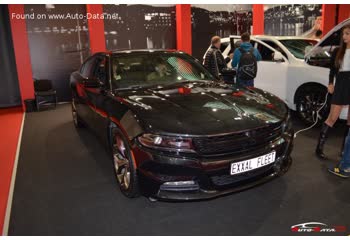
Other generation.
Its production began in 2015 until 2017
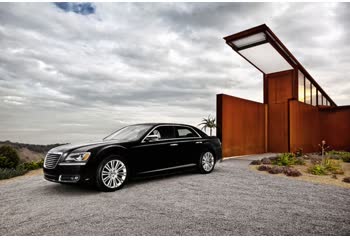
Same engine. (ESG).
Its production began in 2012 until 2014
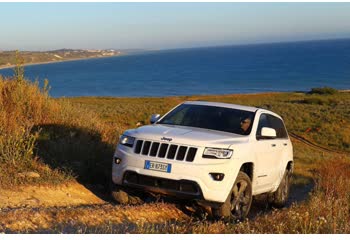
Same engine. (ESG).
Its production began in 2014 until 2016
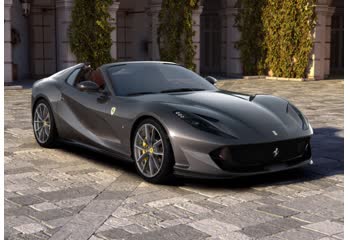
Same production year and almost the same engine capacity.
Its production began in 2019 until Now
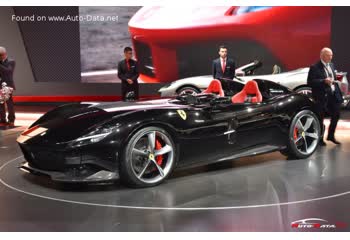
Same production year and almost the same engine capacity.
Its production began in 2019 until Now

Write a comment